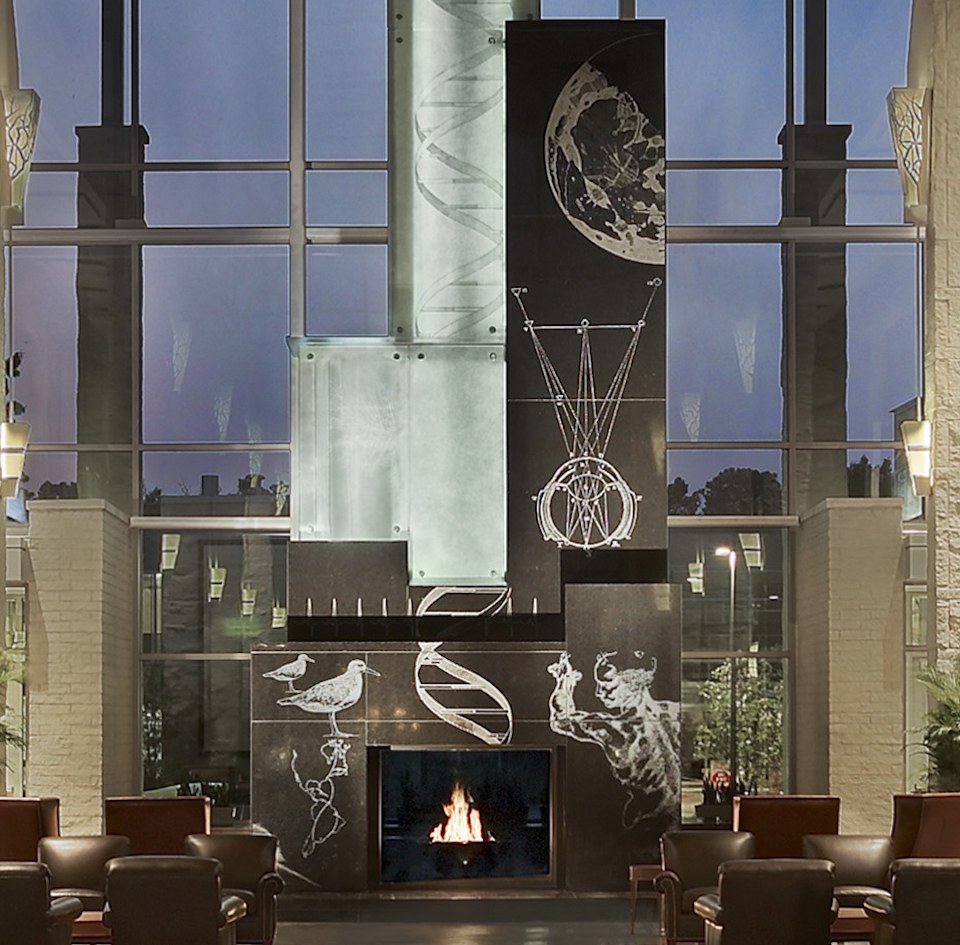

The spiraling double helix reaches skyward and extends to the top of our fireplace. The helix represents our School of Natural Sciences and Mathematics and the School of Health Sciences.

Larry Kirkland developed the etching of the moon from the perspective of Johannes Hevelius, a Polish astronomer who became famous after his observations of the moon were published in 1647.

French philosopher Rene Descartes made significant contributions to the natural sciences and mathematics. This etching is of an eye taken from Descartes 1637 book Optics.
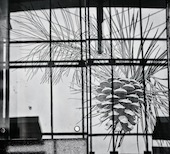
Stockton's Galloway campus is situated in the Pinelands National Reserve. The pine cone is the quintessential symbol of our natural setting along the woods and waterways of the pinelands.
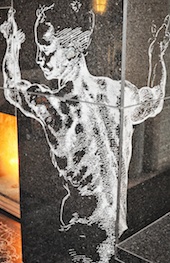
A man of many talents, Michelangelo painted sibyls--prophetic women of the Classical world--on the Sistine Chapel ceiling. Now we can enjoy a similar etching on Stockton's fireplace.
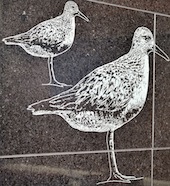
The Red Knot is a sandpiper that travels 9,300 miles twice every year to complete its roundtrip migratory journey that includes spring "stops" along the New Jersey and Delaware coasts.
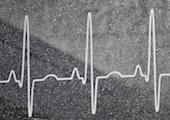
If you ask fireplace-etching artist Larry Kirkland "How did you sign the fireplace," he will answer, "with my heart." The heartbeat that is etched onto the fireplace is Larry's own heartbeat.
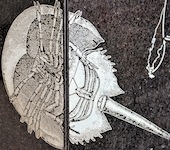
Horseshoe crabs are "living fossils" that prowled shallow ocean waters long before the arrival of dinosaurs. The eggs of horseshoe crabs sustain Red Knots during their annual migration.
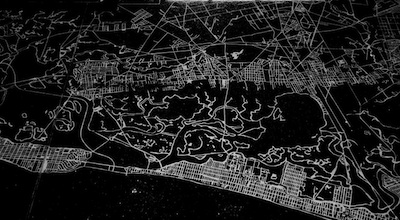
Standing in front of the fireplace, look down at the map of southern New Jersey. Can you locate Stockton College? How about the Carnegie Center and Seaview Resort?